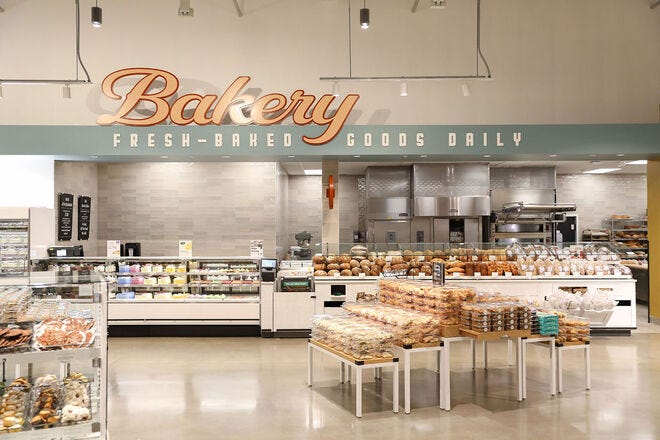The Evolution and Impact of Convenience Foods: A Comprehensive Analysis
2 min read
Convenience foods have become an integral part of our modern lifestyle, offering quick and easy meal solutions for busy individuals. From frozen dinners to pre-packaged snacks, convenience foods have revolutionized the way we eat. In this blog post, we will delve into the various aspects of convenience foods, exploring their history, impact on health and society, and the future of this industry.
- The Origins of Convenience Foods:
Convenience foods have a rich history that dates back to the early 20th century. The invention of canned goods and processed foods marked the beginning of this revolution. The need for longer shelf life and easier preparation methods led to the development of various preservation techniques, such as canning, freezing, and dehydration. These innovations allowed for the mass production and distribution of convenience foods, making them accessible to a wider audience. - Convenience Foods and Health:
While convenience foods offer convenience and time-saving benefits, their impact on health has been a subject of debate. Many convenience foods are high in salt, sugar, and unhealthy fats, leading to concerns about their contribution to obesity, heart disease, and other health issues. However, advancements in food technology have led to the development of healthier options, such as low-sodium and organic convenience foods. It is crucial for consumers to make informed choices and strike a balance between convenience and nutrition. - Convenience Foods and Society:
Convenience foods have had a profound impact on society, influencing our eating habits, culture, and even the economy. The rise of fast food chains and ready-to-eat meals has changed the way we dine, with more people opting for quick and affordable options. Convenience foods have also contributed to the globalization of food, as diverse cuisines become more accessible worldwide. However, concerns about the environmental impact of packaging waste and the loss of traditional cooking skills have also emerged. - The Future of Convenience Foods:
As consumer demands and preferences evolve, the convenience food industry continues to innovate. The future of convenience foods lies in the development of sustainable and nutritious options. Companies are investing in plant-based alternatives, clean labeling, and eco-friendly packaging to meet the changing needs of health-conscious and environmentally aware consumers. Additionally, advancements in technology, such as meal delivery services and smart appliances, are reshaping the convenience food landscape.
Conclusion:
Convenience foods have undoubtedly transformed the way we eat, offering convenience and time-saving benefits. However, it is essential to approach convenience foods with caution, considering their impact on health and the environment. By making informed choices and embracing healthier options, we can strike a balance between convenience and nutrition. The convenience food industry will continue to evolve, catering to the changing needs and preferences of consumers, while also addressing sustainability concerns.
